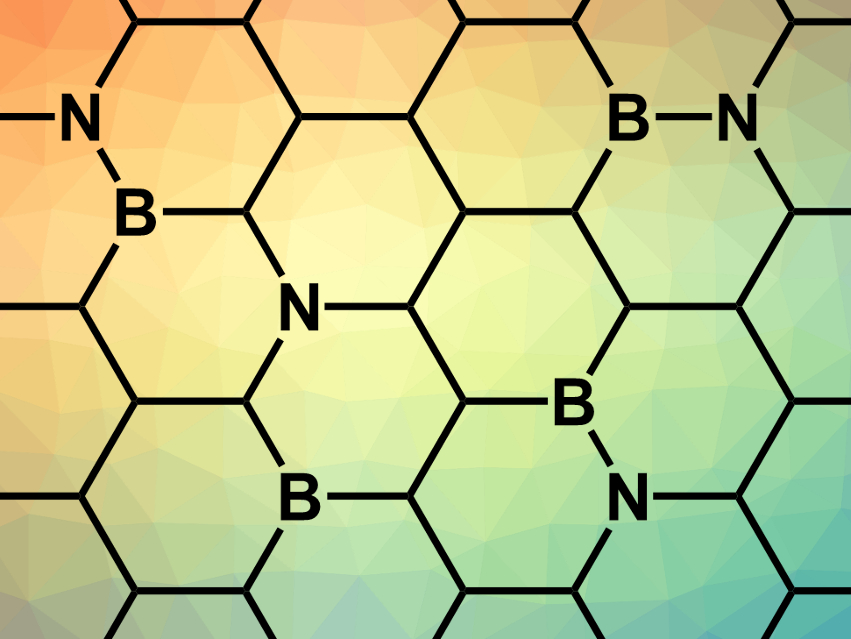Peroxidases are enzymes that catalyze oxidative reactions by transferring electrons to peroxide species to produce hydroxyl radicals. These hydroxyl species may have important functions in biological systems.
Jinwoo Lee, Korea Advanced Institute of Science and Technology (KAIST), Daejeon, Republic of Korea, Moon Il Kim, Gachon University, Seongnam, Republic of Korea, Sang Kyu Kwak, Ulsan National Institute of Science and Technology (UNIST), Republic of Korea, and colleagues have created boron- and nitrogen-doped reduced graphene oxide (rGO) sheets that act in a similar way to peroxidase catalysts. The team synthesized graphene oxide (GO) using a modified Hummer’s method and used wet chemical methods to produce the doped rGO. Hydrogen borate and melamine were used to create B-and N-oped rGO structures, respectively. The researchers also reacted melamine with B-doped rGO to create co-doped rGO structures.
The co-doped rGO sheets have a 1,000 times greater catalytic efficiency towards decomposing peroxide molecules than pure rGO. Peroxidase mimics can be used to detect biomarkers in bioassays. NB-doped rGO was used in bioassays for acetylcholine and C-reactive protein, where it showed high selectivity and sensitivity–comparable to, or better than, a natural peroxidase.
- N- and B-Codoped Graphene: A Strong Candidate To Replace Natural Peroxidase in Sensitive and Selective Bioassays,
Min Su Kim, Seongyeon Cho, Se Hun Joo, Junsang Lee, Sang Kyu Kwak, Moon Il Kim, Jinwoo Lee,
ACS Nano 2019.
https://doi.org/10.1021/acsnano.8b09519




